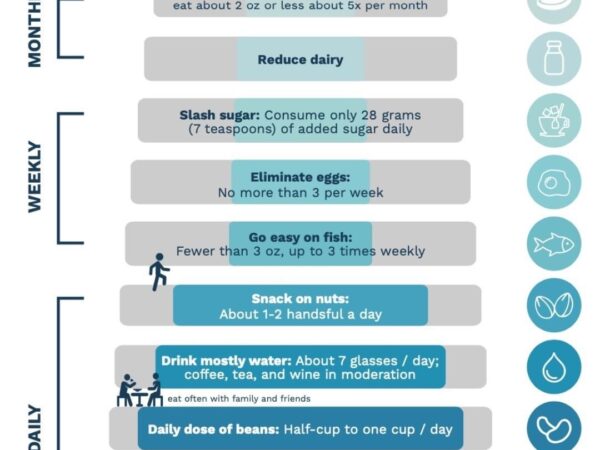In the wake of holiday gatherings, and as employees and students prepare to return to their workplaces and classrooms, many may be wondering what to expect with the advent of the Omicron variant in the New Year. Current data suggests that Omicron may produce milder symptoms but is also likely more transmissible – these are the symptoms most reported, according to the Centers for Disease Control and Prevention:
- Runny Nose
- Headache
- Fatigue
- Sneezing
- Sore Throat
By recognizing these cold-like symptoms of Omicron, people can help prevent the spread of COVID-19 by staying home and getting tested if possible. The CDC recently shortened the recommended quarantine period for people with COVID from 10 days to 5 days, if asymptomatic, followed by 5 days of wearing a mask when around others. People who have had their booster vaccine do not need to quarantine following an exposure but should wear a mask for 10 days after the exposure.
In Canada, where the Omicron variant is also spreading fast and placing a tremendous burden on the healthcare system, the government is advising Canadians to avoid non-essential travel outside Canada. If you must travel, check to make sure you are prepared to meet your destination’s requirements for masking, immunization, and isolation. Some countries may require a negative COVID-19 test to access large events or have closed cultural venues.
Vaccination, along with masking, physical distancing, crowd avoidance, ventilation, hand washing, covering coughs, and staying home when sick or symptomatic, is considered the most effective means of protection against COVID-19. Because no vaccine is 100 percent effective, it’s important to wear a well-fitted mask indoors where distancing is not possible.
According to a recent CNN report, public health officials recommend wearing at least a three-ply surgical mask. In crowded places, a KN95 or N95 mask provides a better barrier to tiny particles than a cloth mask. Early in the pandemic, with a shortage of surgical-grade masks, the public was advised to wear cloth masks constructed of two or more layers of washable fabric. Now that the production of disposable medical-grade masks has caught up with demand, properly fitted high-quality masks will help reduce transmission of Omicron in crowded settings. Follow this link for a list of approved N95 particulate filtering face masks. Pay careful attention to the condition of the mask – and reuse should be limited to 5 wearings by a single wearer.






Add Your Voice
0 Comments
Join the Discussion